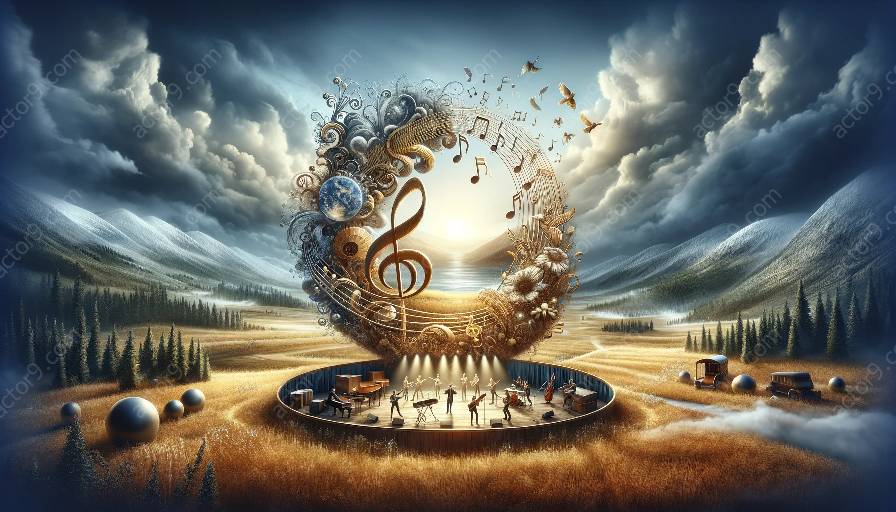Music is an integral part of circus performances, playing a crucial role in creating suspense and excitement. The combination of music and circus acts has been captivating audiences for centuries, heightening the drama and thrills of the performances. This article explores the significance of music in circus arts and its impact on the overall experience.
The Historical Connection Between Music and Circus
Music has been intertwined with circus arts since the early days of the circus. In the 18th and 19th centuries, the circus used live musicians to entertain audiences and accompany various acts. The live music added a dynamic element to the performances, enhancing the emotional impact and narrative of the acts.
In modern times, the tradition continues as circuses still rely heavily on music to enhance their performances. The seamless synchronization between music and acts has become a hallmark of circus arts, contributing significantly to the overall entertainment value.
Creating Suspense and Excitement
Music serves as a powerful tool for building suspense and excitement in circus acts. The tempo, rhythm, and melody of the music can manipulate the audience's emotions and create a heightened sense of anticipation. For example, fast-paced and intense music can accompany daring acrobatic stunts, intensifying the thrill and increasing the heart-pounding excitement for the audience.
Furthermore, the strategic use of crescendos, decrescendos, and dramatic pauses in the music can amplify the tension and release, perfectly complementing the physical movements of the performers. The music not only supports the actions of the acts but also amplifies the impact of the circus performance, leaving a lasting impression on the audience.
Enhancing the Drama and Spectacle
Music plays a pivotal role in enhancing the drama and spectacle of circus performances. Whether it's a high-wire act, a mesmerizing trapeze routine, or a daring animal display, the right choice of music can elevate the visual artistry and storytelling within the acts. The emotional resonance of the music can engage the audience on a deeper level, allowing them to connect with the performers and narratives on a profound emotional level.
Additionally, music adds an element of grandeur and theatricality to the circus acts, transforming them into captivating spectacles. The synergy between music and visual performances creates a multisensory experience that captures the imagination and leaves the audience in awe.
The Role of Music in Immersing Audiences
Beyond creating suspense and excitement, music also plays a crucial role in immersing audiences in the world of the circus. The thematic and evocative nature of the music can transport the audience to different realms and narratives, allowing them to experience a wide range of emotions and escapism. The carefully curated musical accompaniment enriches the overall atmosphere of the circus, contributing to the creation of a magical and immersive environment.
Conclusion
In conclusion, the role of music in creating suspense and excitement in circus acts is undeniable. From historical traditions to modern-day performances, music has been an indispensable component of circus arts, enhancing the drama, thrills, and storytelling of the acts. By strategically leveraging the emotional power of music, circus performances continue to captivate audiences and leave a lasting impact on their hearts and minds.


































